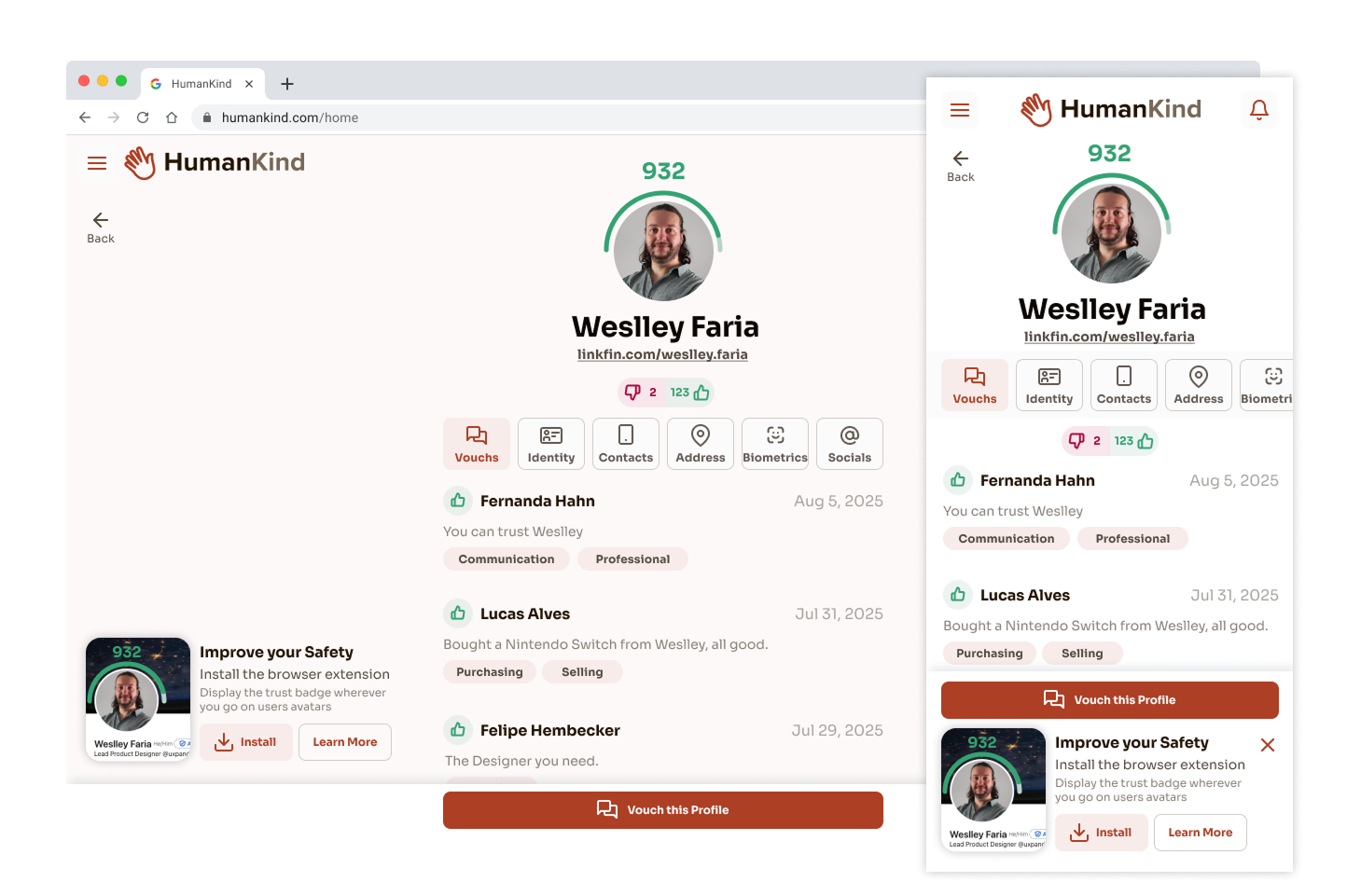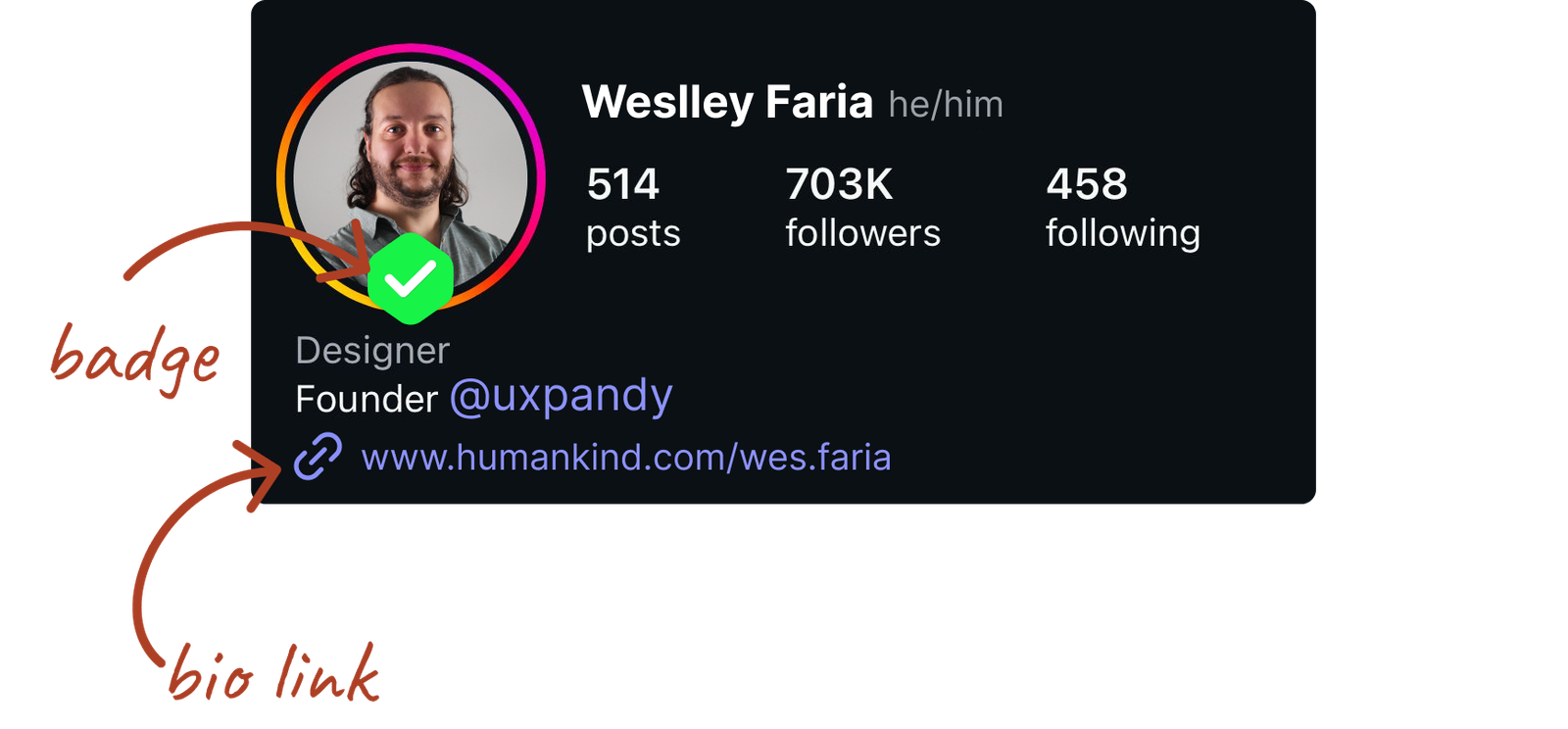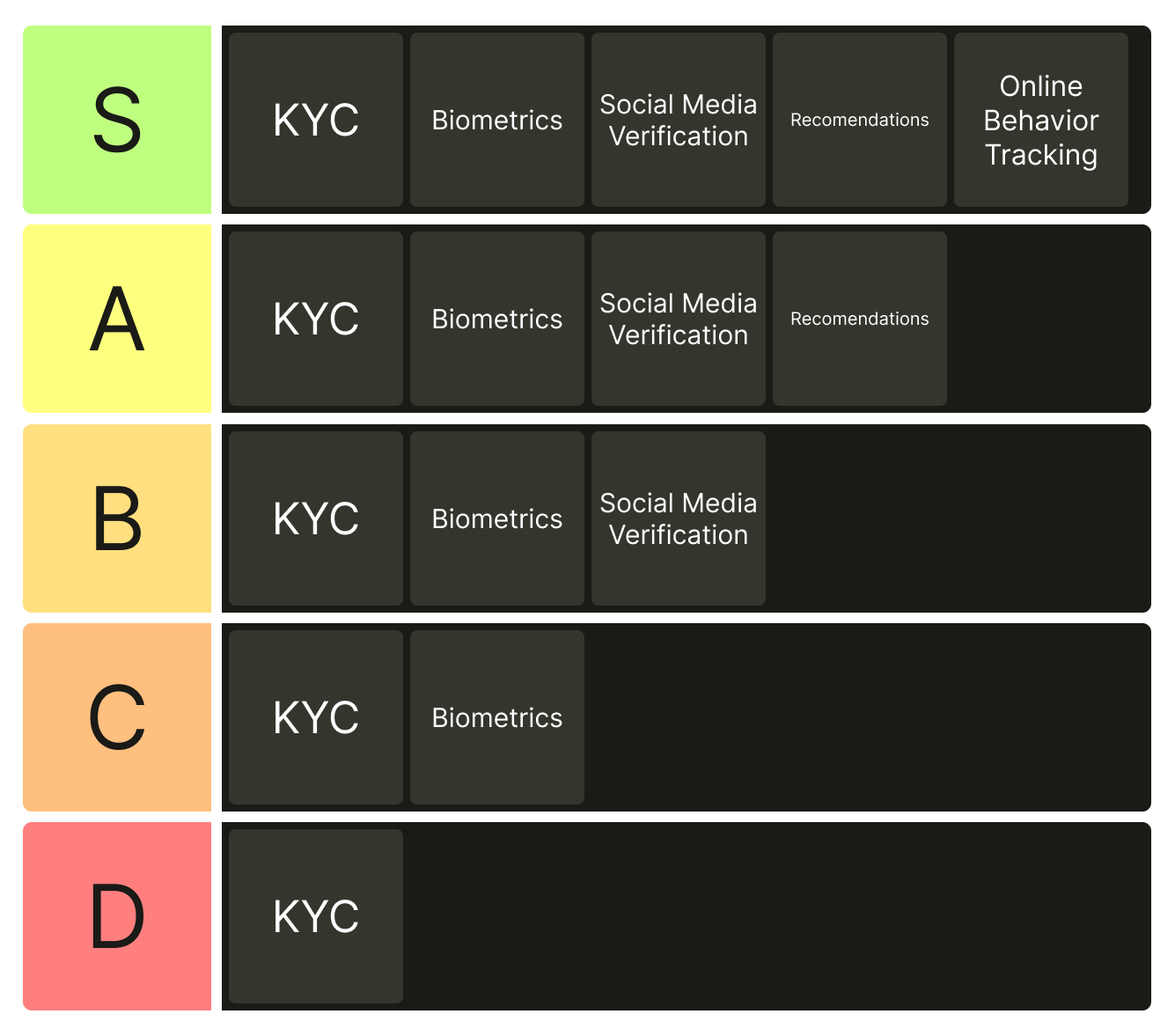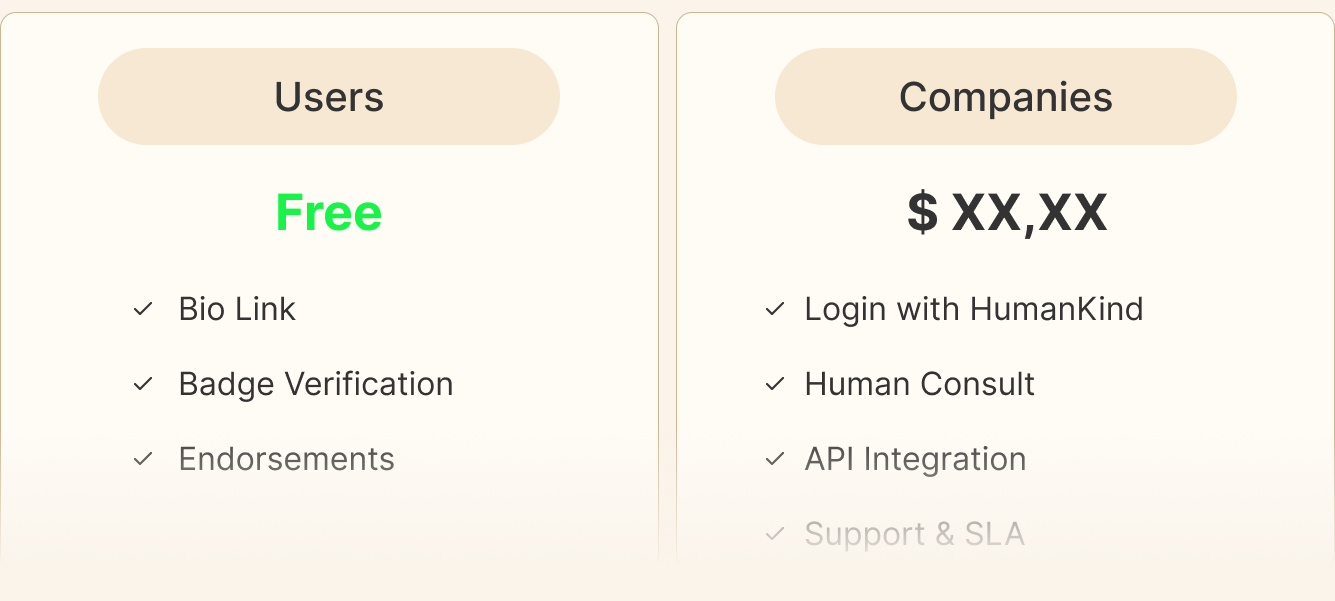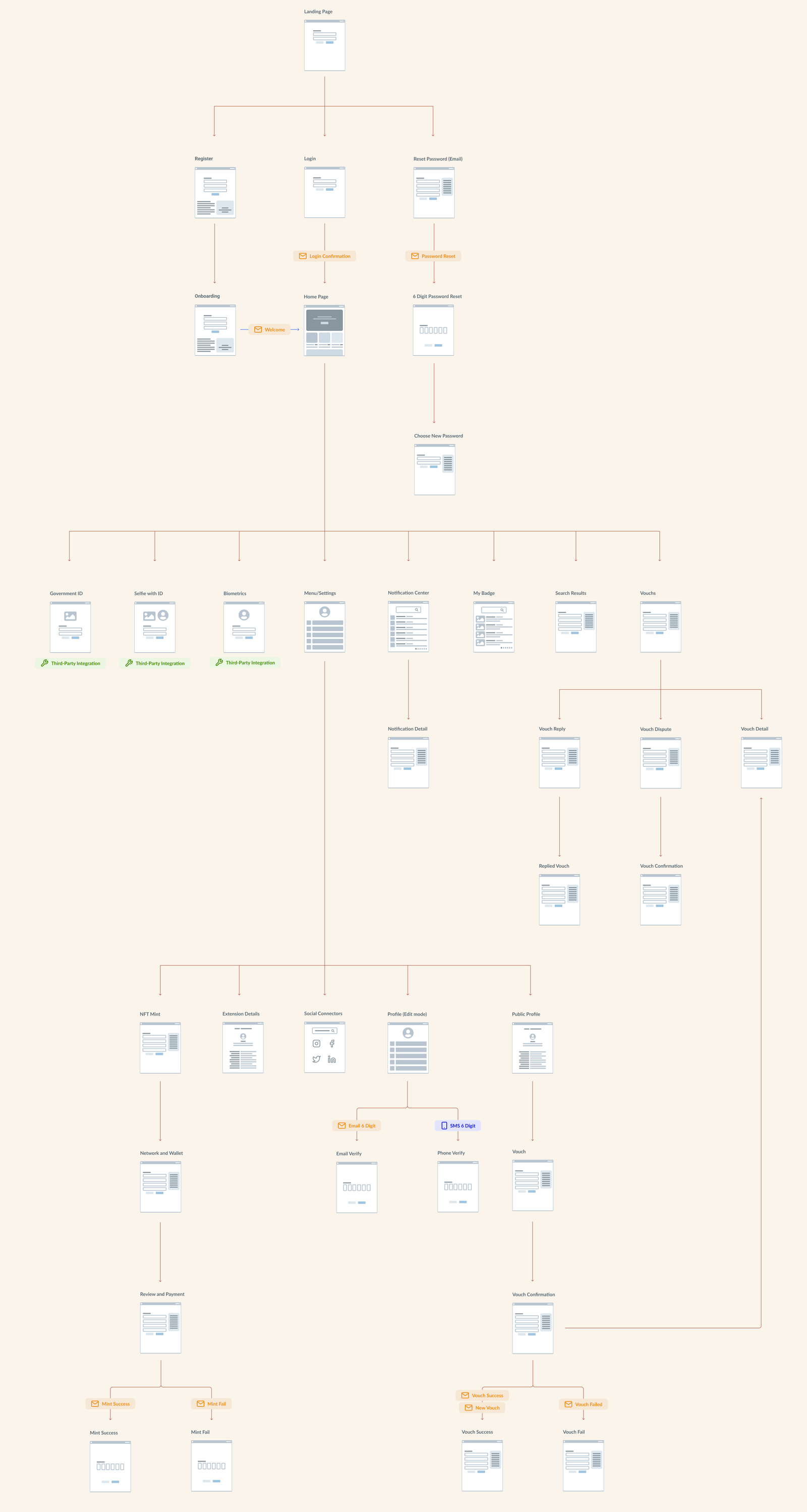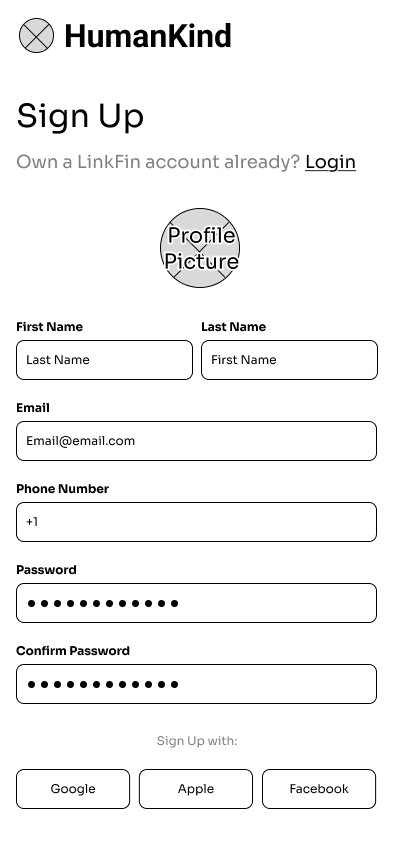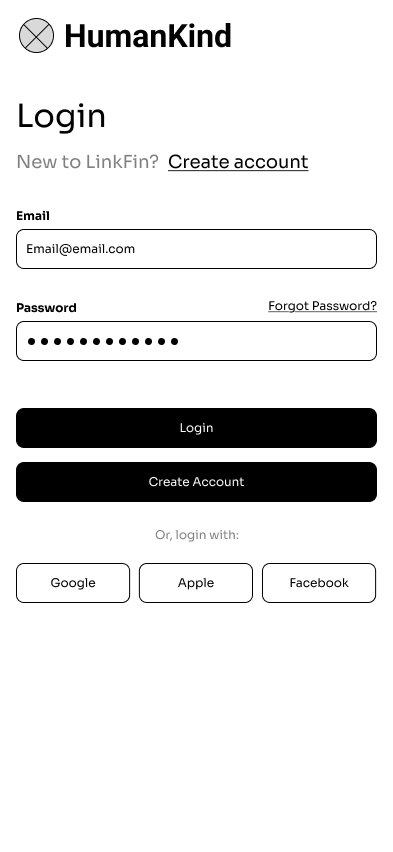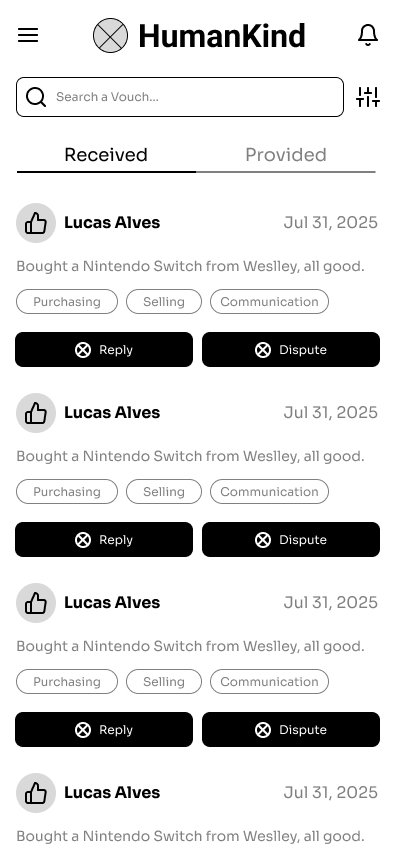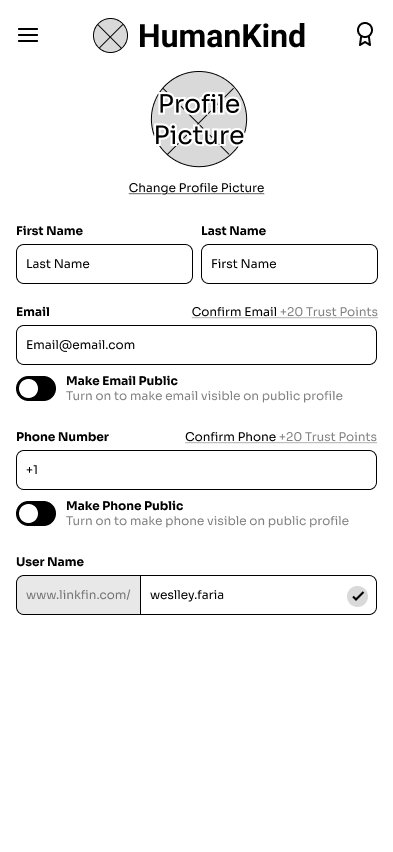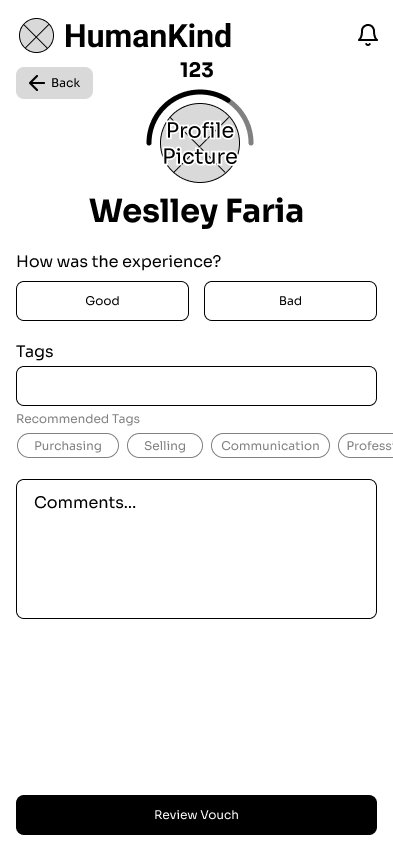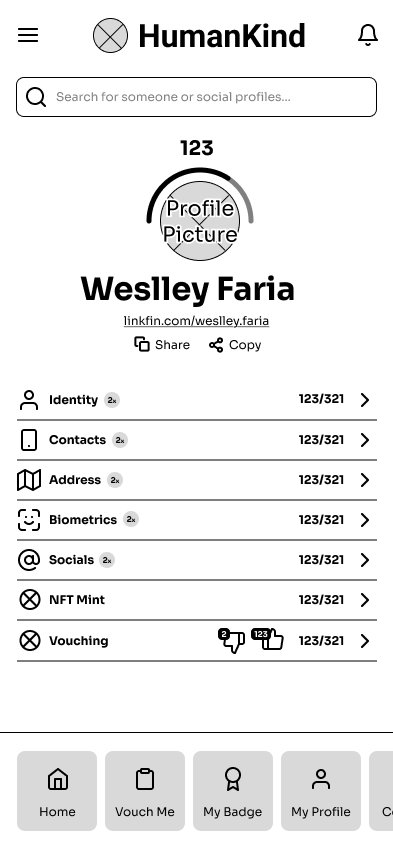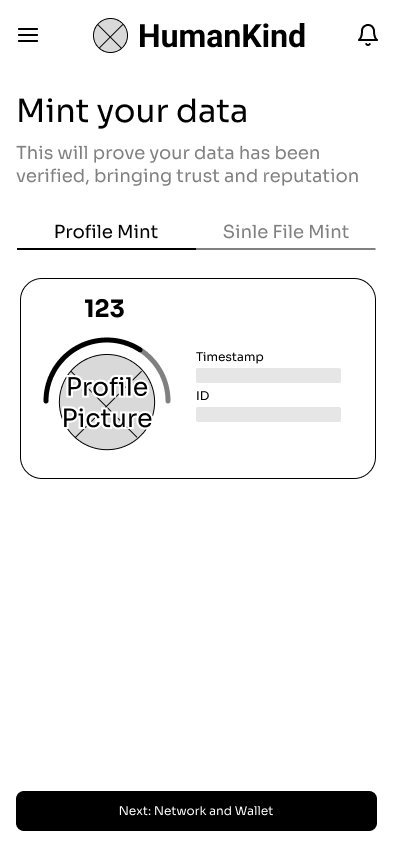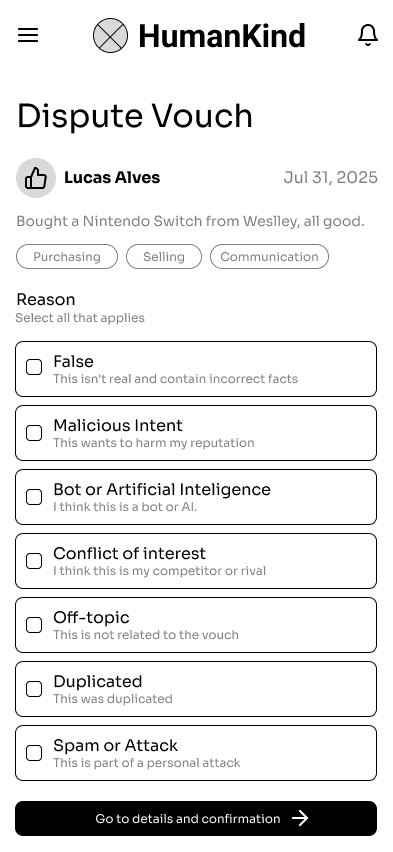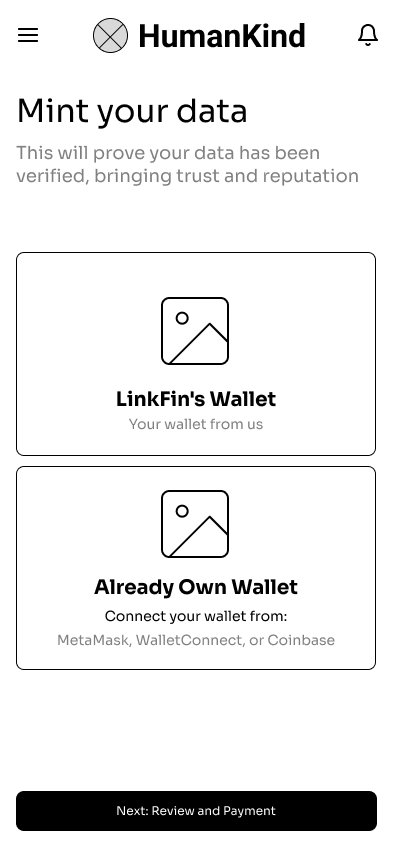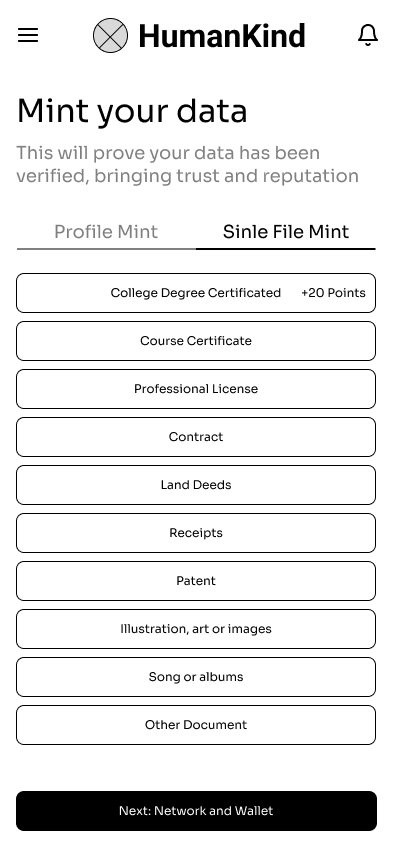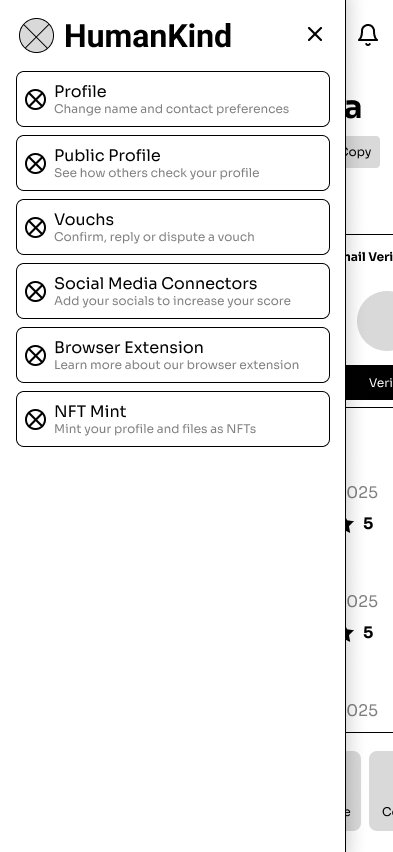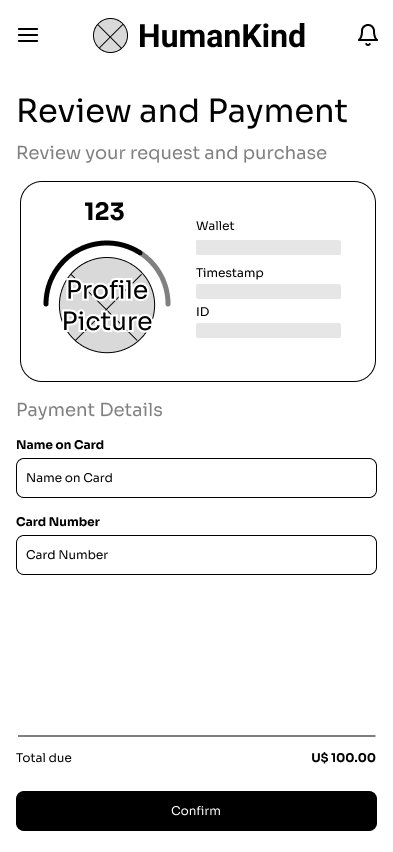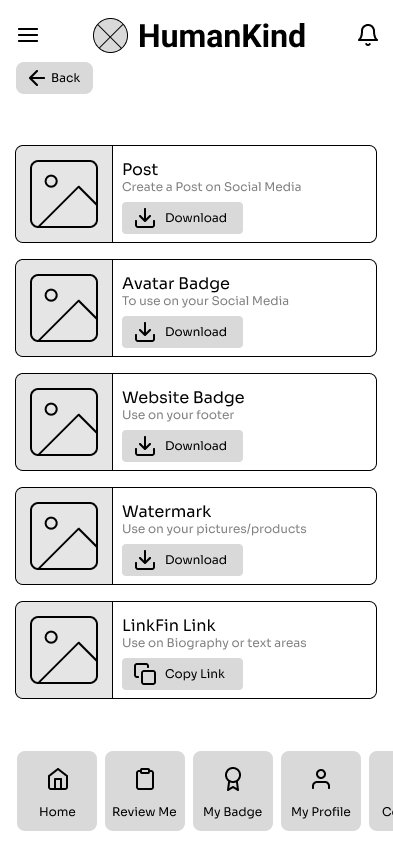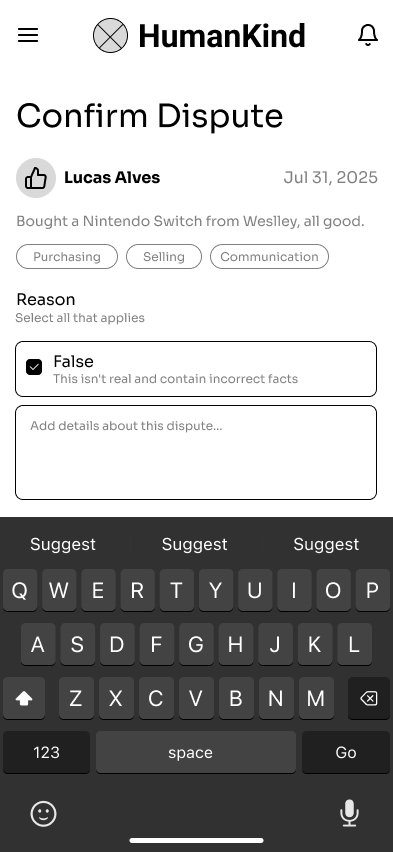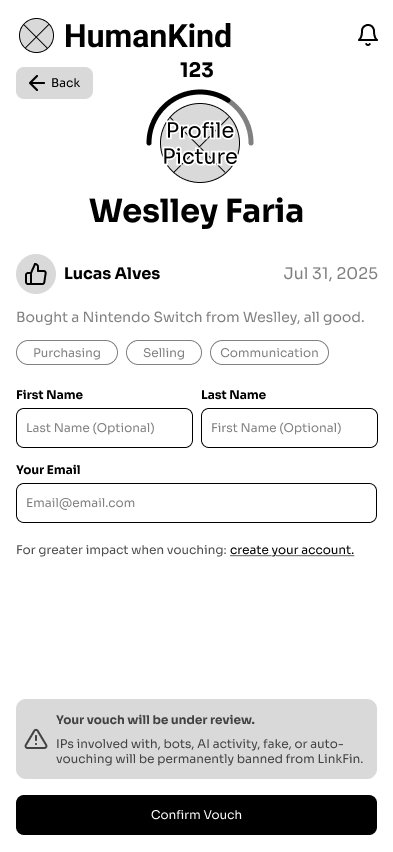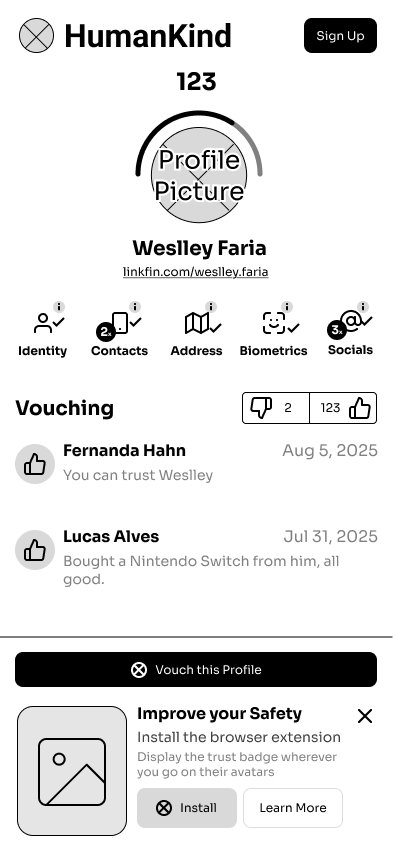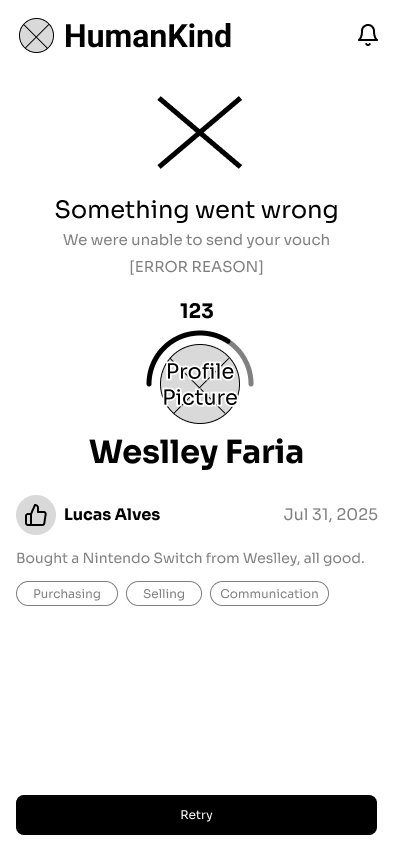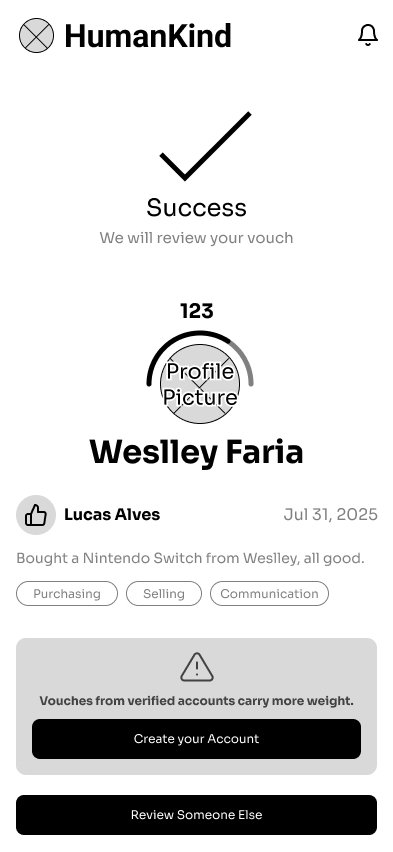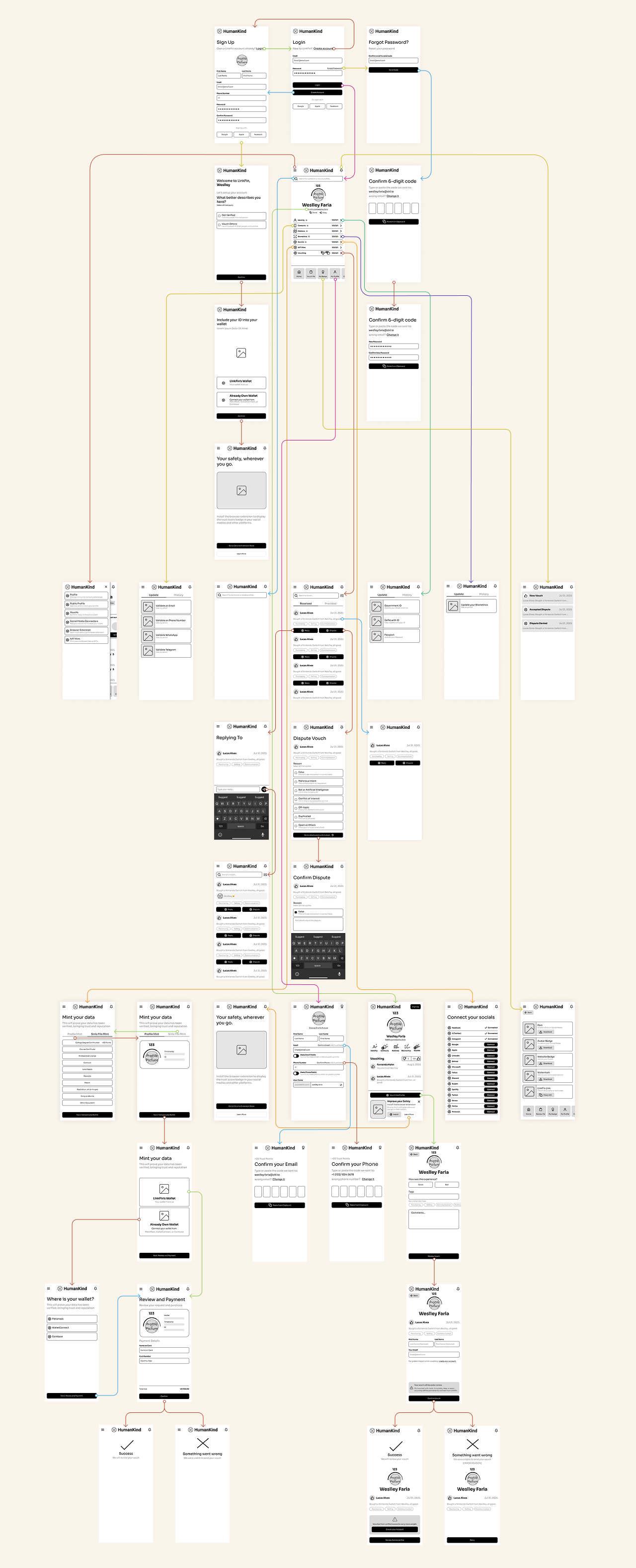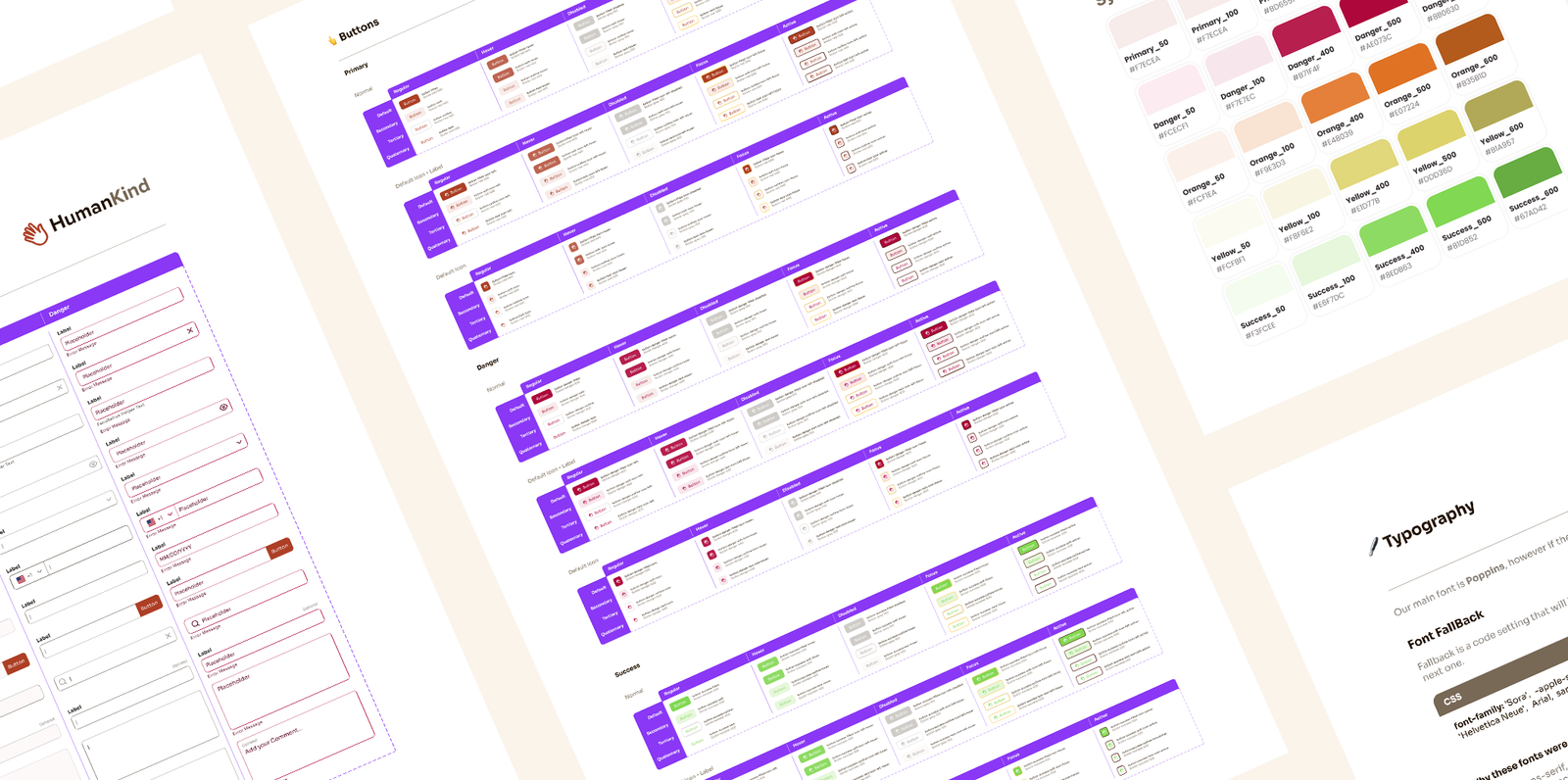Key Highlights
There is a division between traditional (Web2) identity verification platforms focused on compliance (e.g., KYC, fraud prevention for businesses and governments) and emerging (Web3) solutions centered on decentralized identity, human uniqueness, and Sybil resistance for governance, UBI, and crypto ecosystems.

Web2 PlayersNot on blockchain
- Focused on B2B or B2G compliance.
- Strong in biometrics, automation, API integrations.
- No involvement in badges, or community-based validation.
- High scale and enterprise penetration.

Web3 PlayersOn blockchain
- Focused on decentralized identity.
- Use social proof, video, biometric hardware, and reputation stamps.
- Enable use cases like UBI, DAO participation, and Web3 trust layers.
- Still emerging in user base and institutional credibility.

Opportunities
- More consumer-facing with emphasis on credibility.
- Introduce features like browser extensions, badges.
- Vouching is rare among traditional KYC platforms.

Differentiation Factors to Watch
- Badge systems and social vouching are features gaining traction in Web3 but absent in Web2 KYC tools.
- Interoperability with Web3 credentials (e.g., Civic) is a niche advantage of newer entrants.
- Hardware-based verification (Orb) stands out for its global ambition but introduces UX/accessibility tradeoffs.

